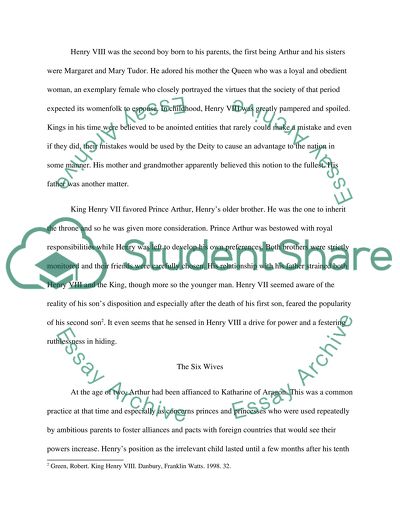Cite this document
(“Renaissance and Reformation. King Henry VIII Research Paper”, n.d.)
Retrieved de https://studentshare.org/history/1392288-renaissance-and-reformation-king-henry-viii
Retrieved de https://studentshare.org/history/1392288-renaissance-and-reformation-king-henry-viii
(Renaissance and Reformation. King Henry VIII Research Paper)
https://studentshare.org/history/1392288-renaissance-and-reformation-king-henry-viii.
https://studentshare.org/history/1392288-renaissance-and-reformation-king-henry-viii.
“Renaissance and Reformation. King Henry VIII Research Paper”, n.d. https://studentshare.org/history/1392288-renaissance-and-reformation-king-henry-viii.


